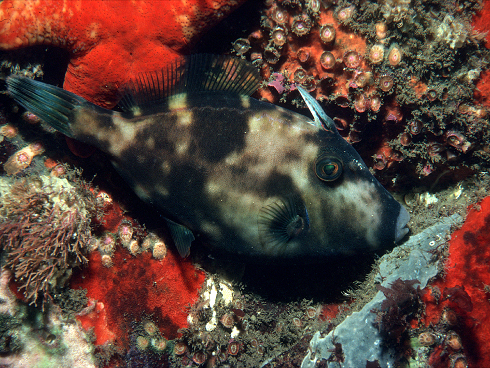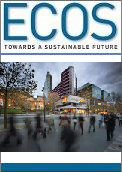
|
Published: 3 October 2011
Reef fish collapse threshold identified
Scientists have identified the tipping point at which reef fisheries begin to collapse, providing clear sustainability targets that will help improve the management of reef ecosystems.

|
|
A Brown Striped Leatherjacket, well camouflaged as it swims over a diverse rocky reef. Credit: CSIRO, Graham Blight
|
An international team of scientists conducted the world-first study, which showed that in well-protected areas, there are typically 1000 to 1500 kilos of reef fish of various species per hectare of coral reef. However, as the volume is fished down below 1000 kilos, the early warning signs of reef biodiversity deterioration – like increased seaweed growth and urchin activity, begin to appear.
Between 300 and 600 kilos/ha there appeared to be a window of what is known as maximum sustainable yield, but when the fish stock drops below 300 kilos/ha the reef is in real trouble, they say. There is a general decline in species richness and less coral cover.
‘The loss of hard corals is actually the last stage in the collapse of the reef system,’ says Dr Nick Graham from the ARC Centre of Excellence for Coral Reef Studies and James Cook University. ‘Though many people take it as a major warning sign, in fact, by the time you see the loss of live coral cover, it may be already too late to save the reef.’
Dr Aaron MacNeil from the Australian Institute of Marine Science (AIMS) adds: ‘[Identifying these thresholds] is a way of understanding the health of the whole system, not just parts of it.
‘It offers managers a tangible target for protecting both the fishery and the reef, and it supports the need for long-term monitoring of fish in places such as the Great Barrier Reef.’
The study was published in the Proceedings of the National Academy of Sciences of the USA (PNAS).
Source: SciNews



